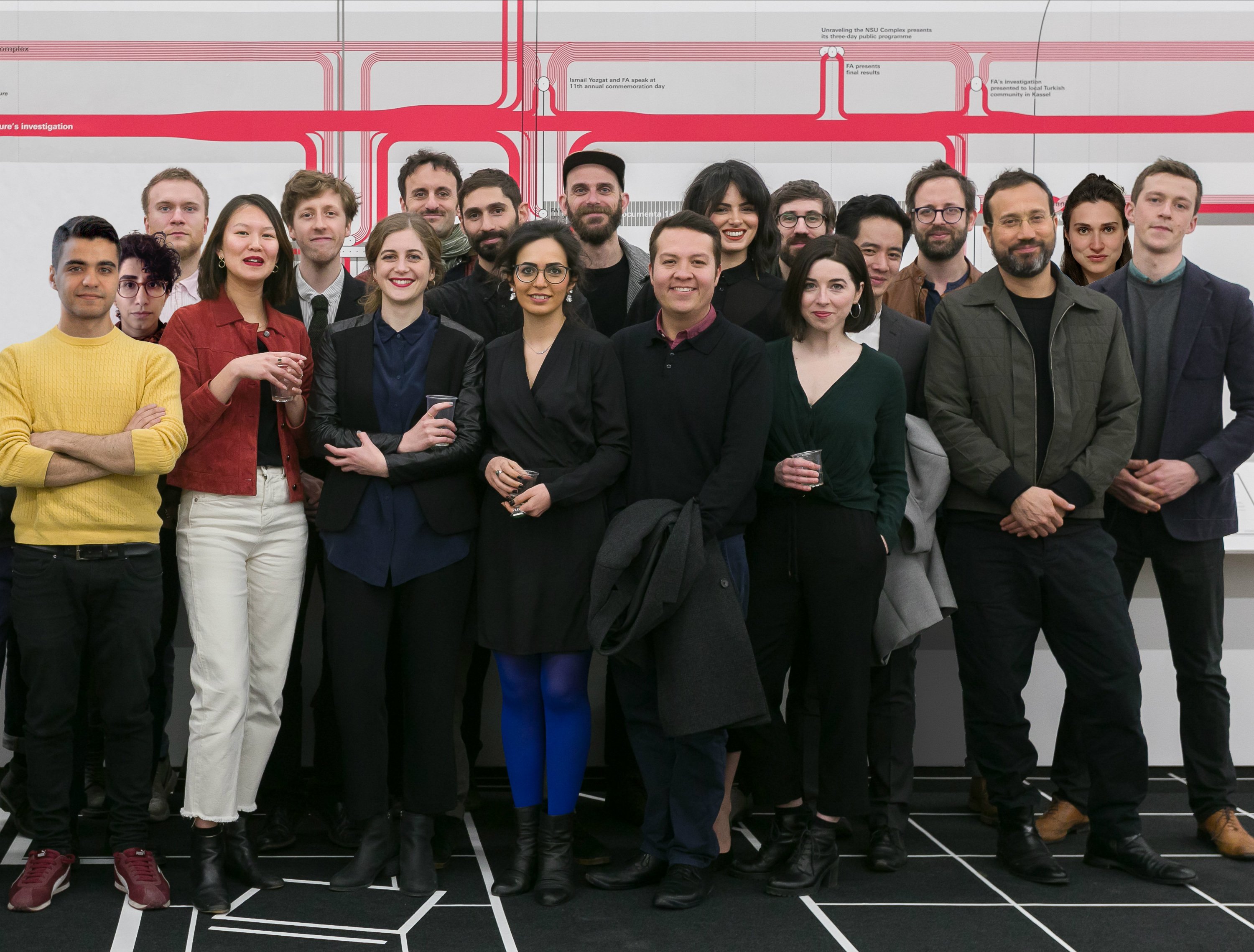
Forensic Architecture’s nomination for the 2018 Turner Prize took many by surprise—including the activist group itself. Speaking shortly after the Tate announced the shortlist this morning, its director Eyal Weizman told artnet News that the honor arouses mixed emotions. “It’s very unexpected—we don’t consider ourselves to be artists,” he said.
The 15-member collective of architects, filmmakers, investigative journalists, software developers, and scientists based at Goldsmiths College in London use technology to create animations, interactive maps, and navigable 3-D models of conflict zones to uncover crimes and human rights abuses around the world.
Examples of their work can now be seen at London’s Institute of Contemporary Arts in the exhibition “Counter Investigations,” which runs through May 14.
While the group welcomes the opportunity draw more attention to its work by contributing to the Turner Prize exhibition at Tate Britain this fall, Weizman says that he is “a little bit worried” by the prospect that the group’s pioneering research—which uses iPhone photos and other visual evidence to investigate and reconstruct terrible events ranging from the Grenfell Tower fire to a torture prison in Syria—might become part of the “art-financial complex.”
Installation view of “Counter Intelligence: Forensic Architecture,” at the ICA, London. Photo by Mark Blower.
“It is a fantastic shortlist. I know all of their work,” he said, name-checking the artists Naeem Mohaiemen, Charlotte Prodger, and Luke Willis Thompson, who are all best known for using film and moving images.
Mohaiemen (49) was shortlisted for films that explore post-colonial identity, two of which were inspired by his father and great-uncle, and his show at New York’s MoMA PS1. Prodger (44) was selected for her solo show at the Bergen Kunsthall in Norway, which included a film shot on her iPhone, and Thompson (30) created a critically acclaimed film portrait of Diamond Reynolds, whose partner Philando Castile was shot by US police. The video was first shown in his solo show at London’s Chisenhale Gallery. Together, the nominees make up one of most politically engaged shortlists for the Turner Prize to date.
Weizman, who is professor of spatial and visual cultures at Goldsmiths, said that he “greatly distastes” the idea of a competition for art and cultural production. However, he hopes that Forensic Architecture’s nomination will motivate others who believe in its mission to produce visual evidence for international prosecutors, human rights organizations, and political and environmental justice groups around the world.
Forensic Architecture is currently mapping the Grenfell Tower fire, which killed 71 residents in June 2017. One of the first victims to be named was the young artist Khadija Saye, whose work was on view at the Venice Biennale. “The fire horrified many, many Londoners whose reaction was to record it,” Weizman explained. “We will be able to tell the story from multiple perspectives.”
Synchronized footage from mobile phone videos will help Forensic Architecture create a 3D model of the Grenfell Tower fire. Image, Forensic Architecture.
The group is tracing the rapid spread of the flames up the tower block, which was fueled by recently installed cladding, and mapping the movement of emergency vehicles. When asked whether the model would include images of people jumping or infants being thrown from the burning building, Weizman said it was essential to be “truthful to the event.” This is more than a single tragic and horrific episode, he added: “It is the story of London, the story of migration, the story of housing and deregulation.”
It is too early for Weizman to say what Forensic Architecture might include in the Turner Prize exhibition this fall at Tate Britain, which is due to open on September 25. The group was shortlisted for its current exhibition at the ICA and other recent presentations at documenta 14 and MUAC in Mexico City.
Saydbnaya prison, Syria, as reconstructed by Forensic Architecture using architectural and acoustic modeling. Image, Forensic Architecture, 2016.
The jury praised Forensic Architecture for its highly innovative methods for sourcing and visualizing evidence used to uncover human rights abuses, which have been used in courts of law as well as exhibitions of art and architecture. The jury members are Oliver Basciano, the art critic and international editor at Art Review; Elena Filipovic, the director of Kunsthalle Basel; Lisa Le Feuvre, the executive director of the Holt-Smithson Foundation; and Tom McCarthy, the novelist and visiting professor at the Royal College of Art in London.
The Turner Prize 2018 exhibition will be co-organized by the Tate’s Linsey Young, the museum’s curator of British contemporary art, and assistant curator Elsa Coustou. The prize is sponsored by BNP Paribas. The winner receives £25,000 ($31,000), while the other shortlisted artists receive £5,000 ($6,200) each.